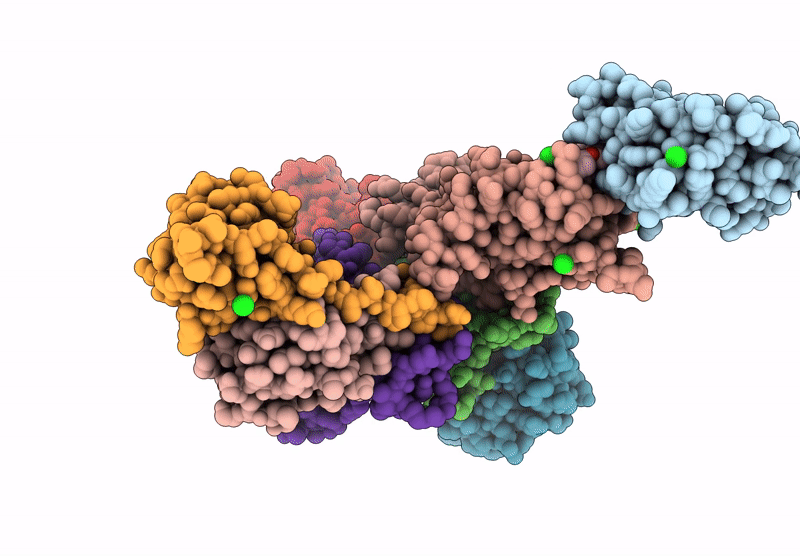
Deposition Date
2024-03-08
Release Date
2025-02-12
Last Version Date
2025-02-12
Entry Detail
PDB ID:
8YMB
Keywords:
Title:
The crystal structure of SHD931 in complex with Brd4-BD2 and VCB
Biological Source:
Source Organism:
Homo sapiens (Taxon ID: 9606)
Host Organism:
Method Details:
Experimental Method:
Resolution:
2.95 Å
R-Value Free:
0.27
R-Value Work:
0.23
R-Value Observed:
0.24
Space Group:
C 2 2 21


